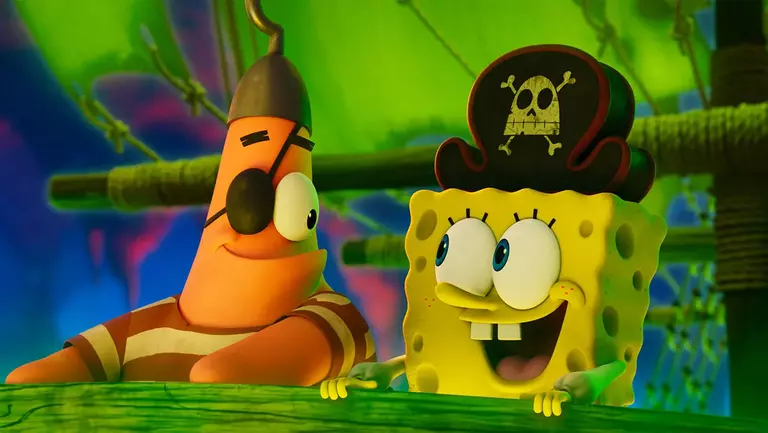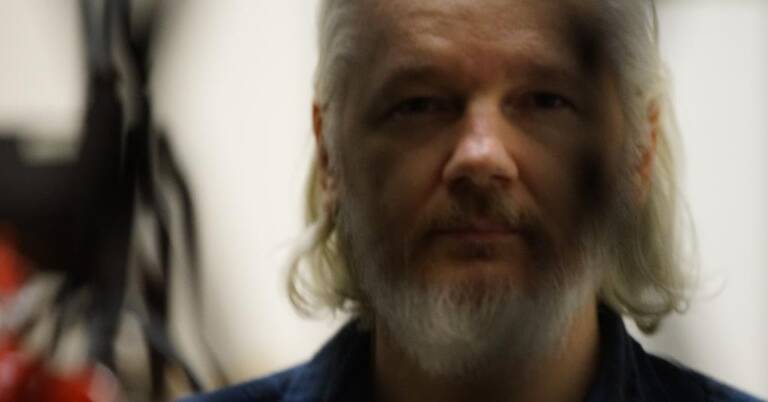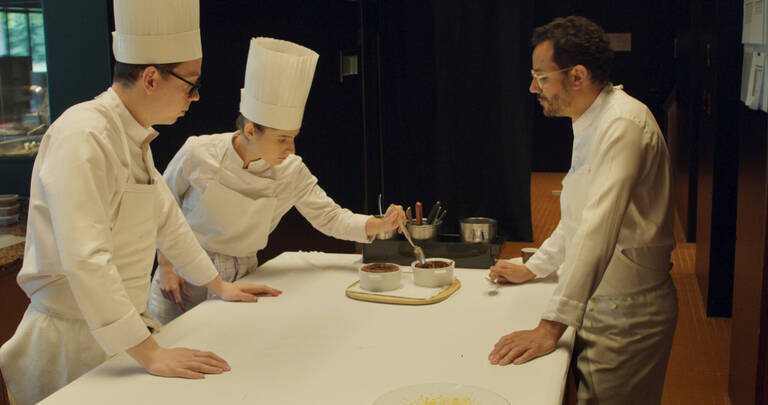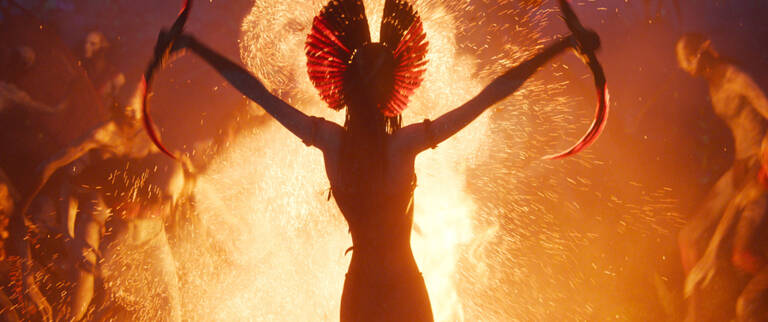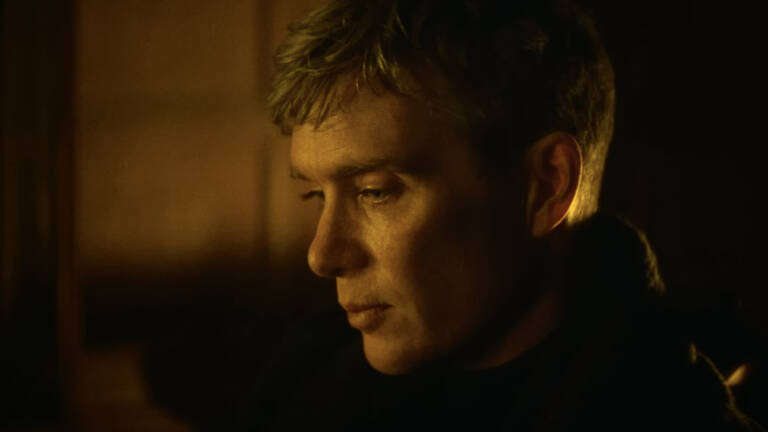
Dir: Joachim Lang, Germany/Slovakia, 2024, 123 mins, German with subtitles
Cast: Robert Stadlober, Fritz Karl, Franziska Weisz
Review by .Carol Allen
As the title indicates the meat of the film is the relationship between the two men. Robert Stadlober as Goebbels reminds one of a slightly plump and malicious reptile. But a very clever and assured reptile who really knows his job.
His effective distortion of facts and manipulation of public opinion has a theatrical mastery which any contemporary purveyor of false news could learn from. He has production skills a theatrical impresario might envy, while Stadlober’s grasp of the man’s oratorical style is impressive. The film also relates in some ways to the recent documentary about fellow Nazi propagandist Leni Riefenstahl, who only makes a brief appearance here. In that documentary Riefenstahl mentioned being sexually assaulted by Goebbels. The same accusation is made of him here.
Although he presents himself, his wife and children as the ideal Aryan family unit, in the early part of the film we see him canoodling enthusiastically with his Czech actress mistress Lida Baarova (Katia Fellin) – a situation Hitler firmly puts a stop too, ordering Goebbels and his wife to stay together and present a united domestic front.
Franziska Weisz puts up an iron clad front as Magda Goebbels, forced by political expedience to play the good wife, while Fritz Karl, following in the footsteps of Bruno Ganz and others, has a good stab at playing Hitler – though as his scenes are frequently intercut with documentary footage of the real führer, we realise the actor is actually rather better looking than the original.
The film deals first with the run up to the war, starting in 1938 when Hitler annexes Austria to what appears to be an enthusiastic welcome. Thanks to Chamberlayne’s now infamous “peace in our time” climb down, he also takes the Czech Sudetenland with ease and it is then that Goebbels, who has been promoting his boss as a man of peace, realises Hitler wants war and he somehow has to make the German people want war too.
How Goebbels manages that volte face does of course involve the vilification and then genocide of the Jewish people. He also has to deal with Hitler’s mad determination to take on the Soviet union and attempt to present escalating defeat as victory. And then there is his final propaganda flourish, as he attempts to turn defeat into a heroic sacrifice with the suicides of his leader, he and his wife and the murder of their children.
The film concentrates very much on the war from the point of view of its two main characters and there is little mention of the conflict with France, Netherlands or Britain and none at all about the war in the Far East. It’s a dark tale, which firmly makes the point that the monsters responsible for the horrors of World War II were not actual monsters but human beings, who found themselves capable of monstrous acts. So there is little room for humour.
There is though one particularly entertaining scene near the beginning, when Goebbels is drawing unflattering vocal portraits for his mistress of Hitler’s entourage, which also helpfully enables us to identify who is who. One I rather treasure is that of Hermann Göring as “a pig with a penchant for Baroque clothes” , plus von Ribbentrop marked down as “a typical bootlicker and a megalomaniac wimp”.

